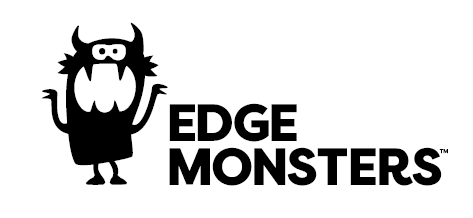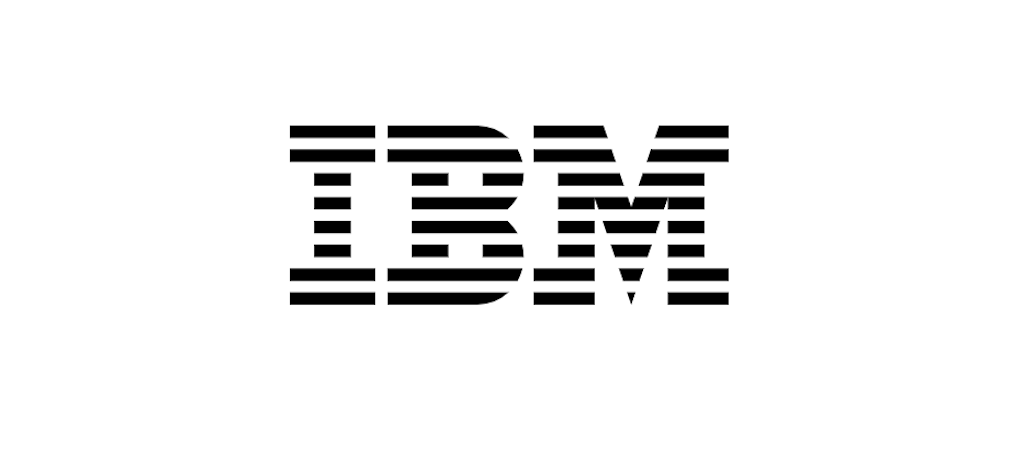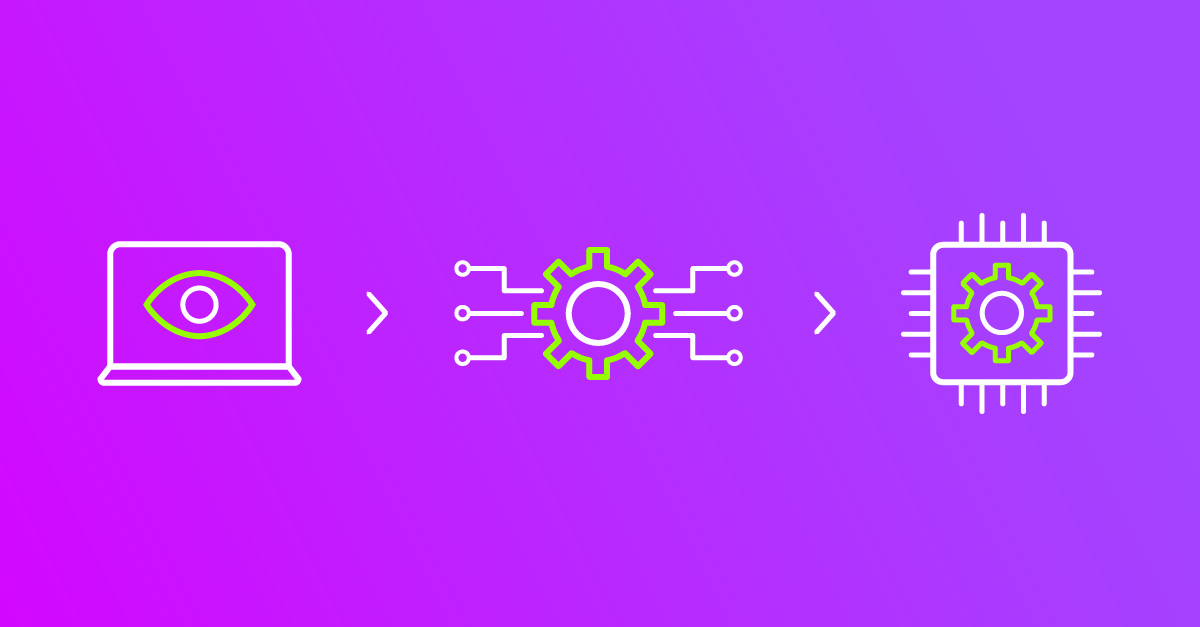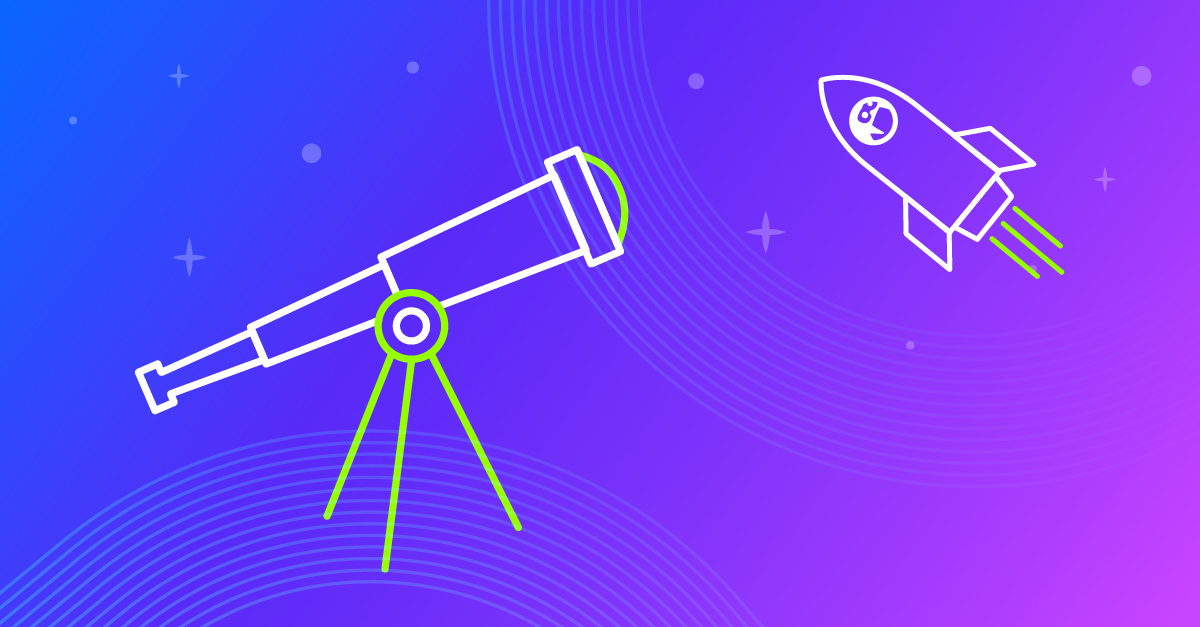The Internet of Things (IoT) is composed of physical devices — from sensors and machines to everyday appliances — that can be connected to other devices and systems through various communication networks using standard protocols. This connection allows devices to share data, respond to real-time conditions, and even operate autonomously. While many describe IoT simply as ‘things being connected,’ its true power lies in interoperability, the ability for a diverse range of devices and systems to exchange information, understand that data in context, and take coordinated action.
Edge computing complements IoT by bringing processing power closer to devices, rather than sending all raw data to a central cloud, edge nodes can handle tasks like filtering, transforming, or analyzing data locally. More importantly, the edge can act as a home for “brain” applications that interact with the IoT devices across the local ecosystem.
In this post, we’ll examine four current key pillars of IoT: Device Provisioning & Security, Data Modeling, Data Processing & Automation, and Asset Management. Then we’ll examine where the industry is headed and what considerations to make if you are beginning or planning to alter your IoT journey in your organization, touching on the potential impacts of Generative AI.
Four Pillars of IoT
Device Provisioning and Security
Device Identity Management is the idea of creating an identity for each device within an ecosystem, allowing it to obtain and apply credentials for the purposes of authentication and authorization to secured systems. This includes, of course, the services that are deployed at the local edge.
The dominant approach in this space is the use of certificates deployed to devices at some stage of their lifecycle. This approach is simple in cases where a trusted authority can issue a certificate for a device that is compatible with its target environment as it leaves the production line, or at least before shipping to a customer. This is easy for companies that are vertically integrated and produce their own devices, or for vendors that simply want to securely ship data from a customer site to their cloud.
This approach can be challenging when a third-party produces the devices and you (the customer) want the device to participate in the ecosystem at the edge. This requires determining the device’s eventual customer and edge location, developing a post-shipping certificate placement process, or using on-the-fly provisioning via standards like OAuth.
Device identity management presents challenges throughout the lifecycle of a device as credentials / certificates may need periodic rotation, revocation due to theft/loss, or as assets are upgraded, moved to different locations, decommissioned, or change ownership.
The best path forward will depend on your situation, but will most certainly be standards based, leveraging PKI, OAuth, Thread/Matter, or other similar protocols.
Monster Tips:
- If you are going to have a multi-vendor ecosystem with minimal control, commit to one-to-many standards-based approaches for device identity management and provisioning. The more proprietary things get, the harder it will be to scale and unlock business value.
- Default to certificate management over alternatives (things like OAuth, API keys, or pre-shared keys) if possible. There are some great tools available that manage certificate hierarchies well and that suit diverse IoT environments. This is a critical topic that we’ll revisit in more depth in a separate post in the future.
Managing IoT Diversity of Data Models
IoT ecosystems are inherently diverse. In industrial and commercial settings, smart sensors, machinery, and various equipment each bring their own data models and communication protocols to the table. This diversity means that even devices of the same type can have significant schema differences—often due to evolving firmware or version drift—where early iterations might report data in one format, while later versions adjust units, add new attributes, or otherwise change the schema.
Edge systems can be built to act as intelligent mediators, ensuring that diverse data from various devices becomes consistent and actionable, but this is not without its challenges.
Monster Tips:
- Deploy a lightweight transformation pipeline that validates and converts incoming data into a unified schema.
- Enrich each data message with contextual metadata—such as device type, location, or firmware version—that can help downstream applications interpret the message accurately.
- Leverage standard protocols—such as using MQTT with additional layers like Sparkplug B—to streamline schema management and versioning at the edge.
Data Processing and Automation
Not all data are created equal. Some of it is only valuable for a brief moment, while other data must be aggregated over time to reveal trends. This continuum of “temporal dynamics” requires applying different computing approaches. There are four primary patterns for processing IoT data.
IoT-Direct-to-Cloud: In this pattern, an IoT device talks directly to the cloud for sending and receiving data, bypassing the edge architecture completely. This pattern makes the most sense for devices that send small amounts of data on an infrequent basis where timeliness and granularity are valuable, and the nature of the data is such that it is not immediately useful at the edge. An example of this is temperature readings from IoT sensors in a freezer. Small but regular payloads are sent, and each detail matters (averaging, aggregating does not make sense).
Note that there are multiple permutations of this pattern as an IoT device could go direct to a vendor cloud or customer cloud, depending upon the device identity architecture.
If you are applying this pattern, it is important to ensure that there are operational controls in place to be able to rate-limit, throttle, or block devices at a network level to protect the larger network.
IoT-to-Edge-Only: Some data is valuable for immediate use at the edge, enabling rapid responses such as adjusting production lines, triggering safety mechanisms, or modifying machine behavior in real time. In some cases, this data is not particularly useful after a few seconds, minutes, or hours and can be discarded.
IoT-to-Edge-and-Cloud: In some cases, IoT data accumulates over short or moderate time windows and is either kept raw or aggregated and sent to the cloud, where it supports trending analysis, predictive maintenance, and strategic decision-making use cases. This dual approach ensures that every piece of data is used in the right context and at the right moment, balancing rapid local automation with deeper, cloud-driven insights over a longer time-horizon and multiple sites or locations.
IoT-to-Intermediate-to-Edge: Another common pattern in industrial IoT is the presence of many devices that interact with an intermediate, such as a PLC. A modern edge architecture sits on top of this, which facilitates the interaction with the rest of the ecosystem over modern protocols and the building of applications that can interact on both planes. Device shadow techniques are emerging as a common pattern in this architecture.
Monster Tips:
- Accept that there will be multiple architecture patterns for IoT devices and pick the appropriate one for your business problem.
- Leverage the edge as an intelligent hub or “brain” for making decisions off real-time data and aggregating and shipping things that are needed later.
Asset Management
Asset management in an IoT ecosystem is inherently challenging because devices undergo dynamic lifecycles. Devices may change locations or sites, be warehoused, redeployed, or eventually retired. Some assets are composed of many other trackable assets and multiply the challenges. This fluidity makes it difficult to maintain a clear, real-time picture of device status and performance.
Excellence in asset management will streamline business processes, complement cybersecurity programs, and enable improved customer experiences. We recommend developing a robust asset management system that can track these lifecycle events. Such a system should be capable of updating device statuses, managing inventory across different locations, and scheduling maintenance or decommissioning processes.
Monster Tips:
- Asset management for tens-of-thousands or more devices is challenging, so consider this as part of your solution from the start.
- Look for ways to ensure device identity and asset metadata stay aligned from the start.
Future of IoT: The AI Revolution
Looking forward, artificial intelligence is poised to be the next major disruptor in the IoT landscape. Intelligent agents will be able to run at the edge, enabling autonomous decisions. This creates the possibility to realize a true “distributed intelligence” across many sites. If done well, there will also be a “worker” watching everything that is happening, fine-tuning operations, and solving problems that arise.
What will it take to make this happen? Agents will need permission to access services locally, tools to access data and/or take actions in real-time, and of course edge compute to run on.
Excellence in the aforementioned pillars is also requisite to maximizing the AI opportunity. In addition, organizations will need to figure out Agent Identity Management, have strong data management practices, develop useful edge-deployed APIs, and have observability to everything happening to ensure the agent is doing things “right”.
Monster Tips:
- Data management for IoT data is a big challenge at the edge, but one that every organization should start solving now to be AI-ready.
- Start thinking about agent identity management.
- Ensure the capabilities your organization has at the edge are accessible via modern technology interfaces and start gap-filling. This will be especially true for legacy environments with closed-loop systems and minimal integration points.
Conclusion
IoT and edge Computing go hand-in-hand and together can bridge legacy divides while enabling the development of new kinds of intelligent applications. This will be especially true as AI becomes a reality at the edge, which is likely just around the corner. Businesses that invest in their IoT and edge foundations today–as well as the AI foundation we discussed–will be well-positioned to realize the transformational benefits of a truly smart “site” (whatever that means for you) in the near future.
Be sure to subscribe for updates and follow us on LinkedIn.
The Edge Monsters: Colin Breck, Brian Chambers, Michael Henry, Erik Nordmark, Joe Pearson, Jim Teal, Dillon TenBrink, Tilly Gilbert, Anna Boyle & Michael Maxey







